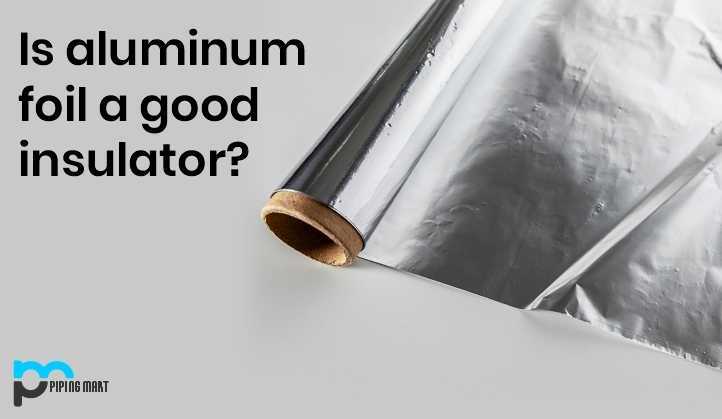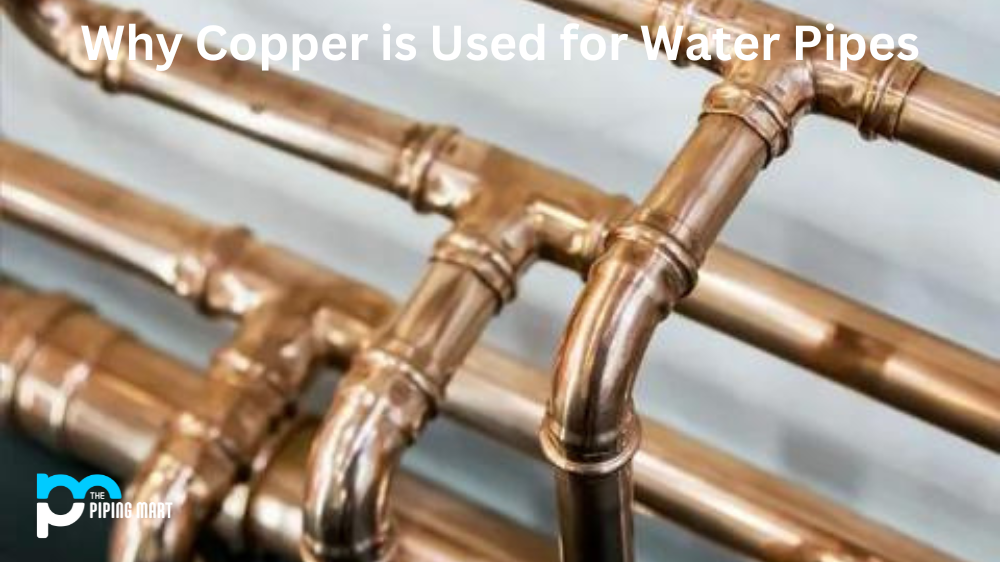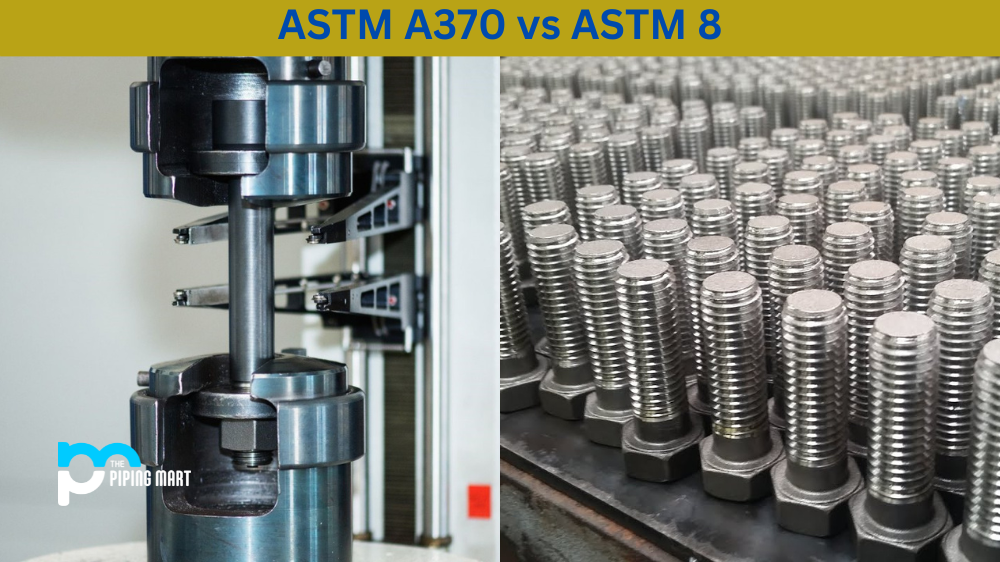Aluminum foil is constructed of aluminum in thin metal leaves with a width of less than 0.2 mm; smaller gauges down to 6 micrometers are widely used as well. In the US, foils are usually calculated in 1000ths of an inch or miles. Regular household foil is usually 0.016 mm wide, and normally 0.024 mm of medium duty household foil. The foil is foldable and can be twisted or placed around items quickly. Thin foils are brittle and are often laminated to make them thicker and more usable for other materials such as plastics or parchment. In the mid-20th century aluminum foil supplanted tin foil.
Approximately 800,000 tons of aluminum foil were manufactured annually in Europe and 600,000 tons in the US in 2003. About 75% of aluminum foil is used for poultry, cosmetics, and medicinal manufacturing, and 25% for industrial usage (e.g., thermal insulation, electrical cables, and electronics).
For radiation channels (boundary and reflectivity), power exchangers (power conduction) and wire liners (hindrance and electrical conductivity), aluminum foil are ordinarily utilized. As it is amazingly malleable, aluminum is utilized for bundling: it can rapidly be changed to thin aluminum sheets and collapsed, rolled or bundled. Aluminum foil fills in as a total obstruction to light and oxygen, smells and flavors, dampness which germs, and is henceforth normally utilized in nourishment and pharmaceutical bundling, including extensive bundling (aseptic bundling) for drinks and dairy merchandise, which permits without refrigeration stockpiling. Compartments and plates of aluminum foil are utilized to make treats and get ready suppers for conveying sound treats and long haul pet nourishments.
Insulation of Aluminum Foil
Aluminum is a very weak insulator, to be precise. It conducts very well on fire. Even so, it really represents radiant heat, and for this purpose, it is used to build emergency blankets (“space blankets”) to walk. Metals really have to be in touch with the object that is hot to conduct electricity. If they are not, their reflecting impact on fire (radiant) predominate.
Space covers are, in general, made of plastic (a strong insulator), with a metallic coating. The reality that foil is a bad insulator is also meaningless, as the plastic insulates you.
A blanket’s key function is to catch dust, a strong insulator, and avoid (sweat) evaporation. If the blanket is transparent, it often projects radiant heat back to you from your body. This often represents solar energy, but if you use an emergency hiking jacket, you’re more likely to worry about keeping warm at night than during the day.
Even throughout the day, if the sunlight is so low that you need a blanket, I think getting one that reflects heat from your body back to you is more useful than getting one that is black and absorbs sunlight, particularly because the blankets are built to avoid heat conductivity and are made more of plastic, such that the blanket does not absorb any heat even though it is black. When radiant heat reaches the air, it cannot be safely taken back through the insubstantial remainder of the blanket anyway.
A blanket made of anything like wool but waterproof might be much better, but certainly much harder to wear in an emergency.
The same idea operates for vacuum flasks. A substrate from which air (a vacuum) or other material has been partly separated provides the shielding to avoid heat conductions. A metallic surface expresses radiant heat and becomes contained in the flask.

Pipingmart is B2B portal specializes in industrial, metal and piping products. Also, share latest information and news related to products, materials and different types grades to help business dealing in this industry.




